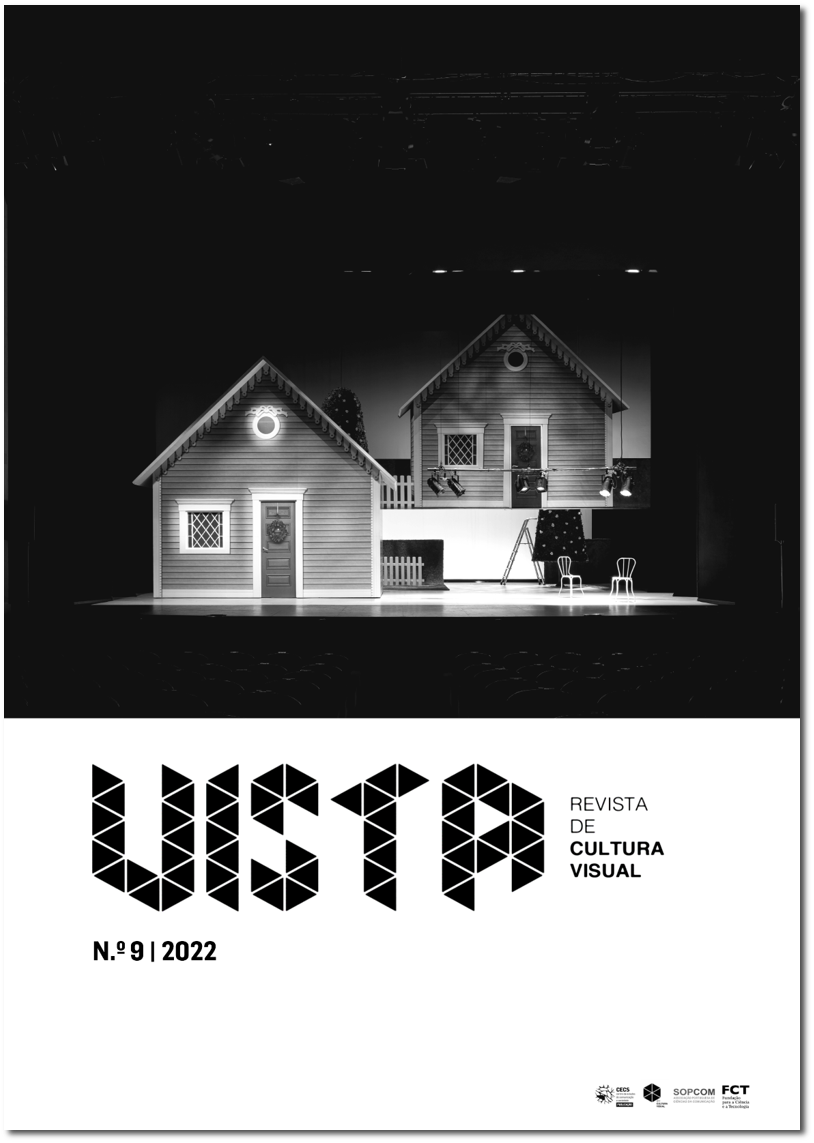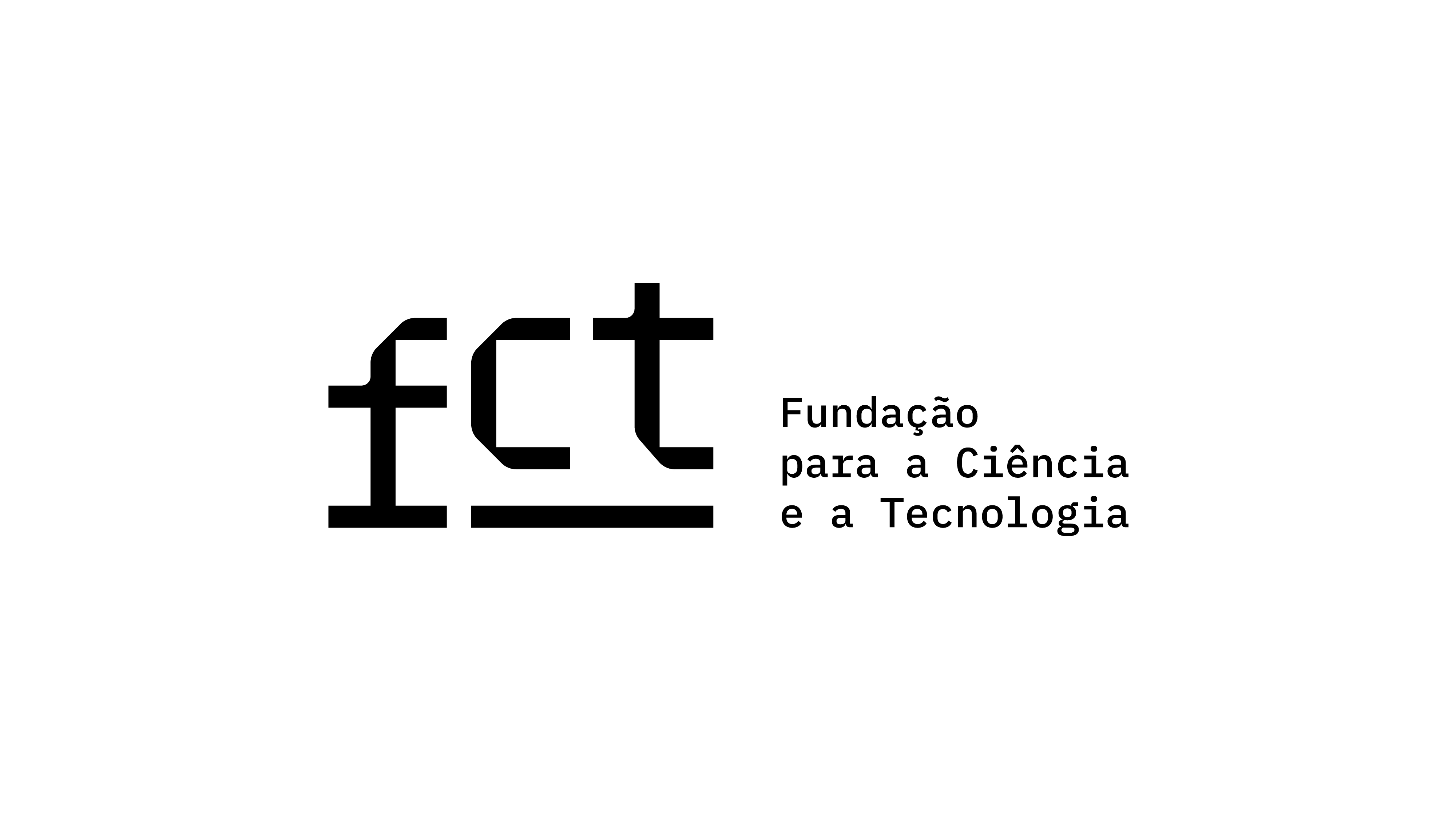From the Walls to the Screen: Street Art, Everyday and Aesthetic Experience in the Virtual Museum of Lusophony
DOI:
https://doi.org/10.21814/vista.3982Keywords:
Virtual Museum of Lusophony, street art, everyday art, aesthetic experienceAbstract
This research focuses on the tensions between everyday art, the processes of visibility and invisibility in street art and the aesthetic experience in the virtual environment. The corpus of this study regards the exhibitions: The Silent Voices on Coimbra's Walls and "There Is No Blank Wall I Cannot Draw", both on permanent display in the Virtual Museum of Lusophony on the Google Arts & Culture platform. The Virtual Museum of Lusophony has an interactive, immersive and hybrid structure, merging photographs, sounds, videos and geolocation elements (Google Street View). The secondary goal is to consider the image as a place of experience potentially disruptive of a representative regime of art on behalf of an aesthetic regime.
Downloads
References
Barthes, R. (1984). A câmara clara: Nota sobre a fotografia (J. C. Guimarães, Trad.). Nova Fronteira. (Trabalho original publicado em 1980)
Benjamin, W. (1987). Obras escolhidas I: Magia e técnica, arte e política (S. P. Rouanet & J. M. Gagnebim, Trads.; 3.ª ed.). Brasiliense.
Blanchot. M. (2007). A conversa infinita 2: A experiência limite (Vol. 2; J. Moura Jr., Trad.). Escuta. (Trabalho original publicado em 1969)
Carvalho, V. de. (2009). O dispositivo imersivo e a imagem-experiência. Revista Eco-Pós, 9(1), 141–154. https://doi.org/10.29146/eco-pos.v9i1.1064
Carvalho, V. de. (2013). O cotidiano na fotografia contemporânea: A rua como lugar de experiência na obra de Philip-Lorca diCorsia. In B. Szaniecki, W. D. Lessa, M. Martins, & A. Monat (Eds.), Dispositivo, fotografia e contemporaneidade (pp. 192–207). Nau Editora.
Certeau, M. de. (1982). A escrita da história (M. de L. Menezes, Trad.). Forense Universitária. (Trabalho original publicado em 1975)
Danto. A. (1981). The transfiguration of the commonplace. Havard University Press.
Dewey, J. (1980). Arts as experience. A Wideview/Perigee Book.
Fatorelli, A. (2013). Fotografia contemporânea: Entre o cinema, o vídeo e as novas mídias. Senac Nacional.
Gadamer, H. (2008). Verdade e método (Vol. 1; F. P. Meurer, Trad.). Vozes. (Trabalho original publicado em 1960)
Gitahy, C. (1999). O que é graffiti. Brasiliense.
Google Arts & Culture. (s.d.). Tecnologia imersiva. https://artsandculture.google.com/entity/g11c1s46xg0?hl=pt
Kant, E. (2013). Crítica da razão pura (M. P. dos Santos & A. F. Morujão, Trads.; 9.ª ed.). Fundação Calouste Gulbenkian. (Trabalho original publicado em 1781)
Martins, M. L. (2015). Média digitais e lusofonia. In M. L. Martins (Ed.), Lusofonia e interculturalidade – Promessa e travessia (pp. 27–56). Húmus.
Merleau-Ponty, M. (1984). O visível e o invisível (J. A. Gianotti & A. M. d'Oliveira, Trads.). Perspectiva. (Trabalho original publicado em 1964)
Mitchell, W. J. T. (2005). What do pictures want? The lives and loves of images. The University of Chicago Press.
Moscovici, S. (2001). Why a theory of social representations? In K. Deaux & G. Philogène (Eds.), Representations of the social: Bridging theoretical traditions (pp. 18–61). Wiley-Blackwell.
Nicoletti, D. A. R., & Berg, S. M. P. C. (2016, 22–26 de agosto). As cartas de Schiller e a educação estética: Um processo para a criação musical [Comunicação]. XXVI Congresso da Associação Nacional de Pesquisa e Pós-Graduação em Música, Belo Horizonte, Minas Gerais, Brasil. https://www.anppom.com.br/congressos/index.php/26anppom/bh2016/paper/download/4473/1405
Priberam. (s.d.). Experiência. In priberam.org dicionário. Retirado a 10 de março de 2022 de https://dicionario.priberam.org/experi%C3%AAncia
Ranciére, J. (2005). A partilha do sensível (M. C. Netto, Trad.). Editora 34. (Trabalho original publicado em 2000)
Ranciére, J. (2010a). A poética do saber — Sobre os nomes da história. Urdimento - Revista de Estudos em Artes Cênicas, 2(15), 33–43. https://doi.org/10.5965/1414573102152010033
Rancière, J. (2010b). Politica da arte. Urdimento - Revista De Estudos Em Artes Cênicas, 2(15), 45–59. https://doi.org/10.5965/1414573102152010045
Ranciére, J. (2011). O destino das imagens (L. Lima, Trad.). Orfeu Negro. (Trabalho original publicado em 2003)
Ranciére, J. (2012). Le métode de l´égalité. Bayard.
Ricoeur, P. (2007). A memória, a história, o esquecimento (A. François, Trad.). Editora Unicamp. (Trabalho original publicado em 2000)
Schiller, F. (2002). Educação estética do homem: Numa série de cartas (R. Schwarz & M. Suzuki, Trads.; 4.ª ed.). Iluminuras. (Trabalho original publicado em 1989)
Thibault, P. (1991). Social semiotics as praxis: Text, social meaning making and Nabokov‘s Ada. University of Minnesota Press.
Trindade, E. (2015). O olho que tudo vê: A representação das cidades na fotografia de Doug Rickard e Michael Wolf [Dissertação de mestrado, Universidade Federal do Rio de Janeiro]. http://www.pos.eco.ufrj.br/site/download.php?arquivo=upload/disserta_etrindade_2015.pdf
Voigt, A. F. (2014). História e representação: A abordagem de Jacques Ranciére. Revista de Teoria de História, 12(2), 308–336. https://www.revistas.ufg.br/teoria/article/view/33453
Downloads
Published
How to Cite
Issue
Section
License
Copyright (c) 2022 Elaine Trindade

This work is licensed under a Creative Commons Attribution 4.0 International License.
Authors own the copyright, providing the journal with the right of first publication. The work is licensed under a Creative Commons Attribution 4.0 International License.













